News
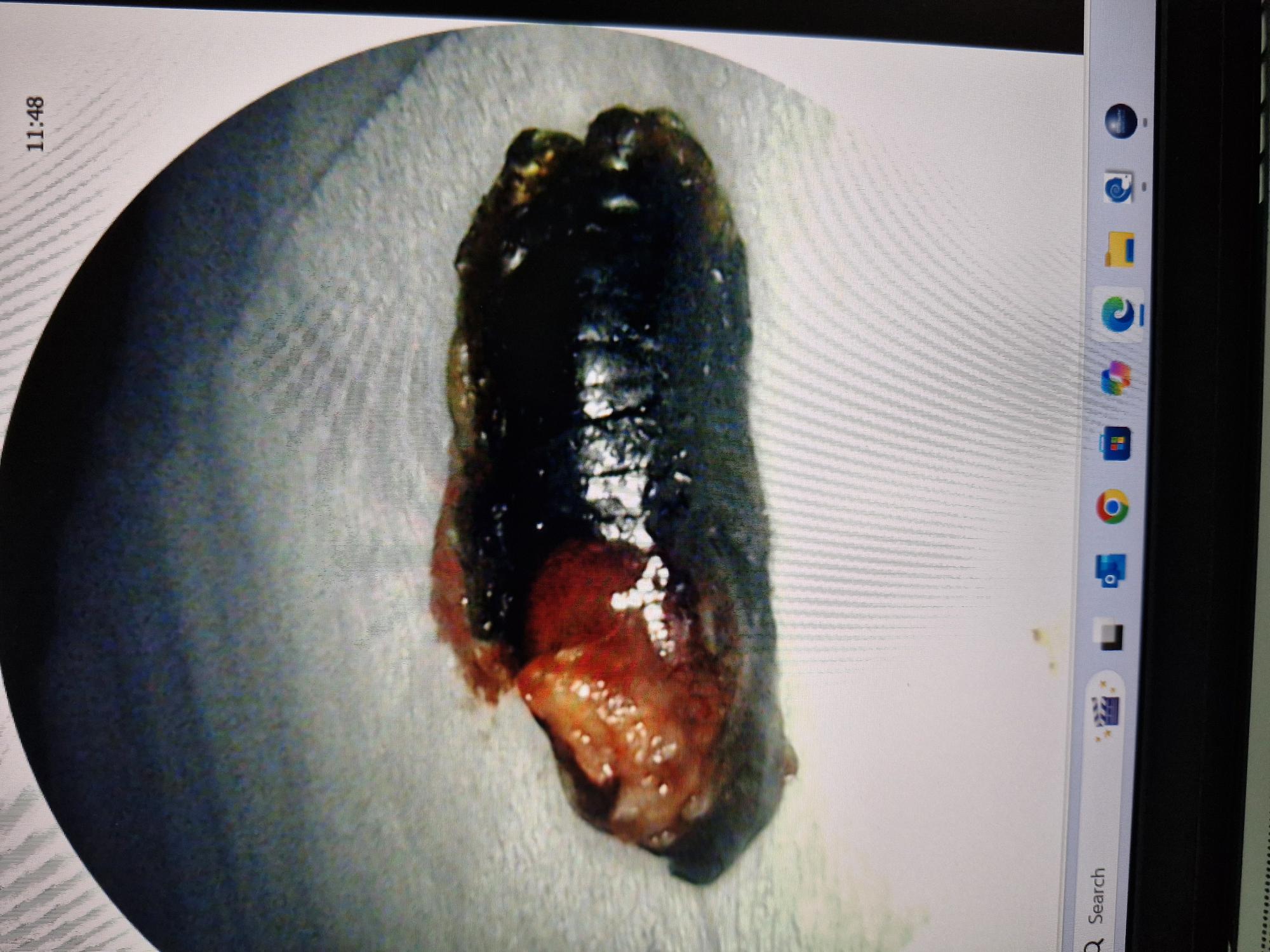
05 August 2025
Signs of a foreign body in the ear canal
A foreign body in the ear can sometimes be easy to spot, but not always. Here are signs and sympt...
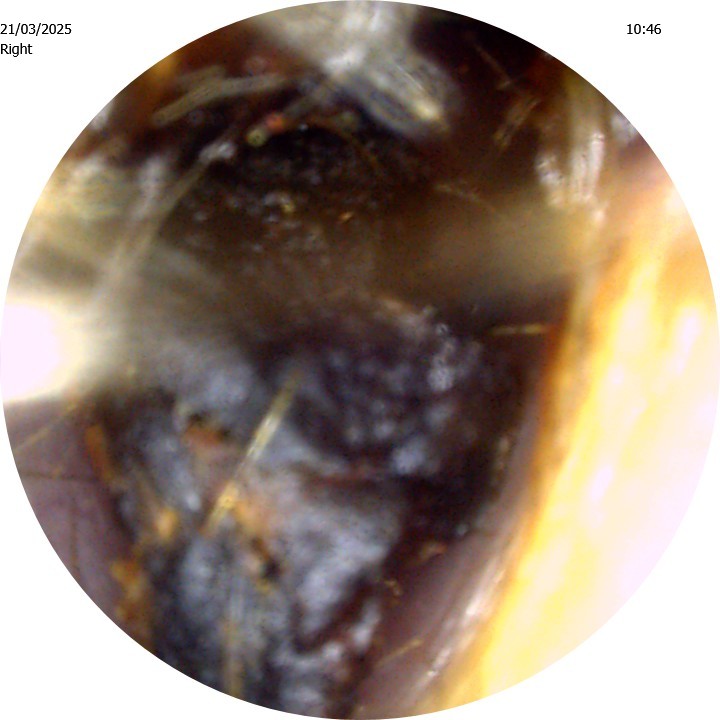
25 June 2025
Why do ears sometimes feel blocked after wax removal?
Occasionally, people comment that their ear feels muffled after ear wax removal, even though...
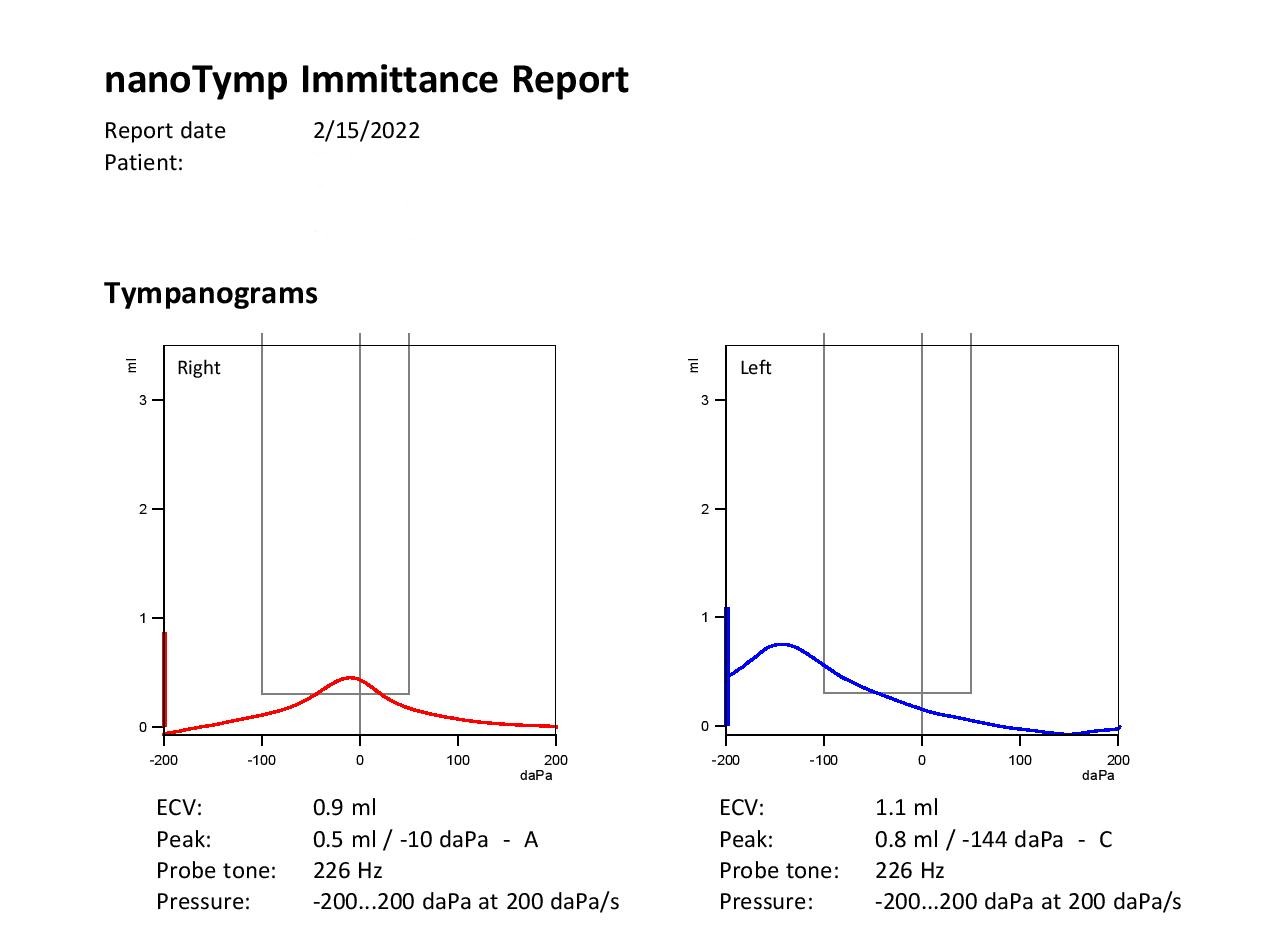
13 February 2025
Tympanometry
I would like to introduce a new service called tympanometry. A tympanometer is a device that...

28 November 2024
Why use a family business?
Here at Waxaxe we are proud to be a local, independent, family business. Ben is the telephone/ema...
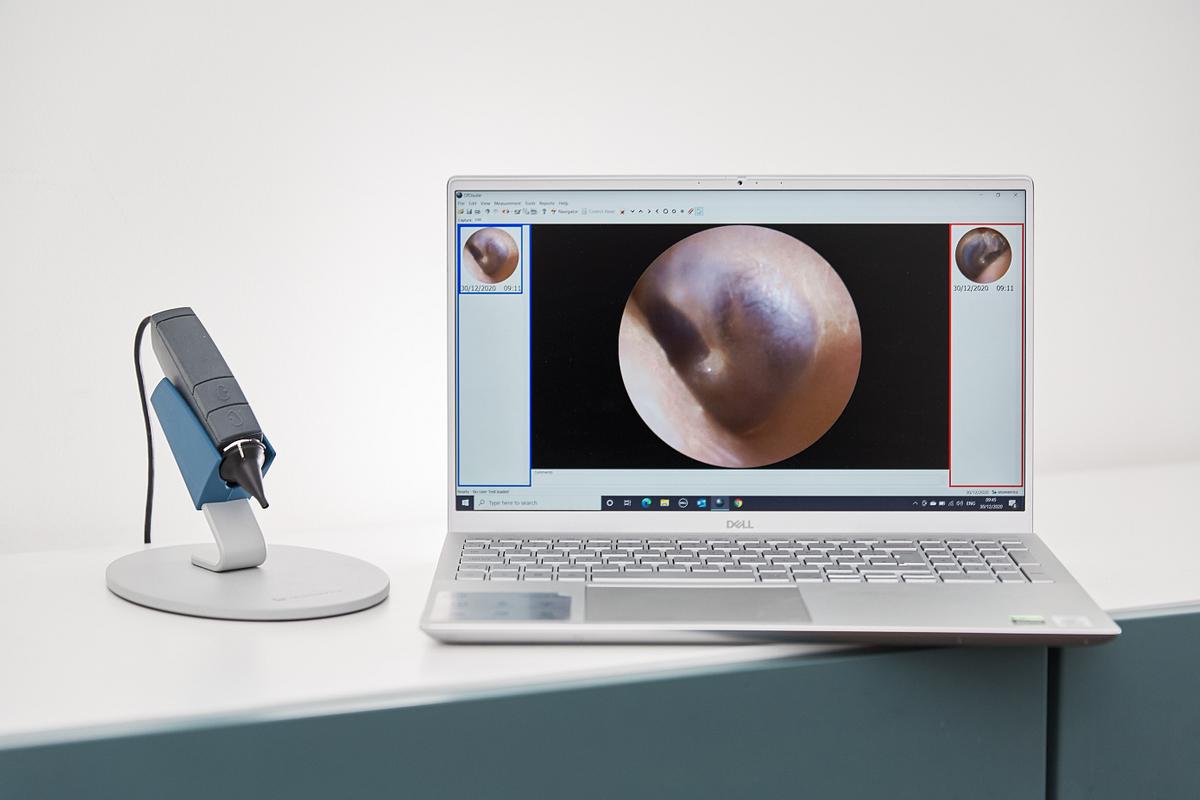
02 October 2024
Why do we use a video otoscope?
What Is a Video Otoscope? A video otoscope is a medical device used to examine the ear canal and ...
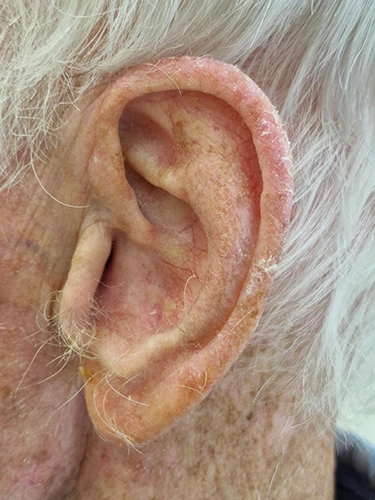
08 August 2024
Ears are Important
Our ears are crucial for several vital functions that impact our overall well-being and daily lif...
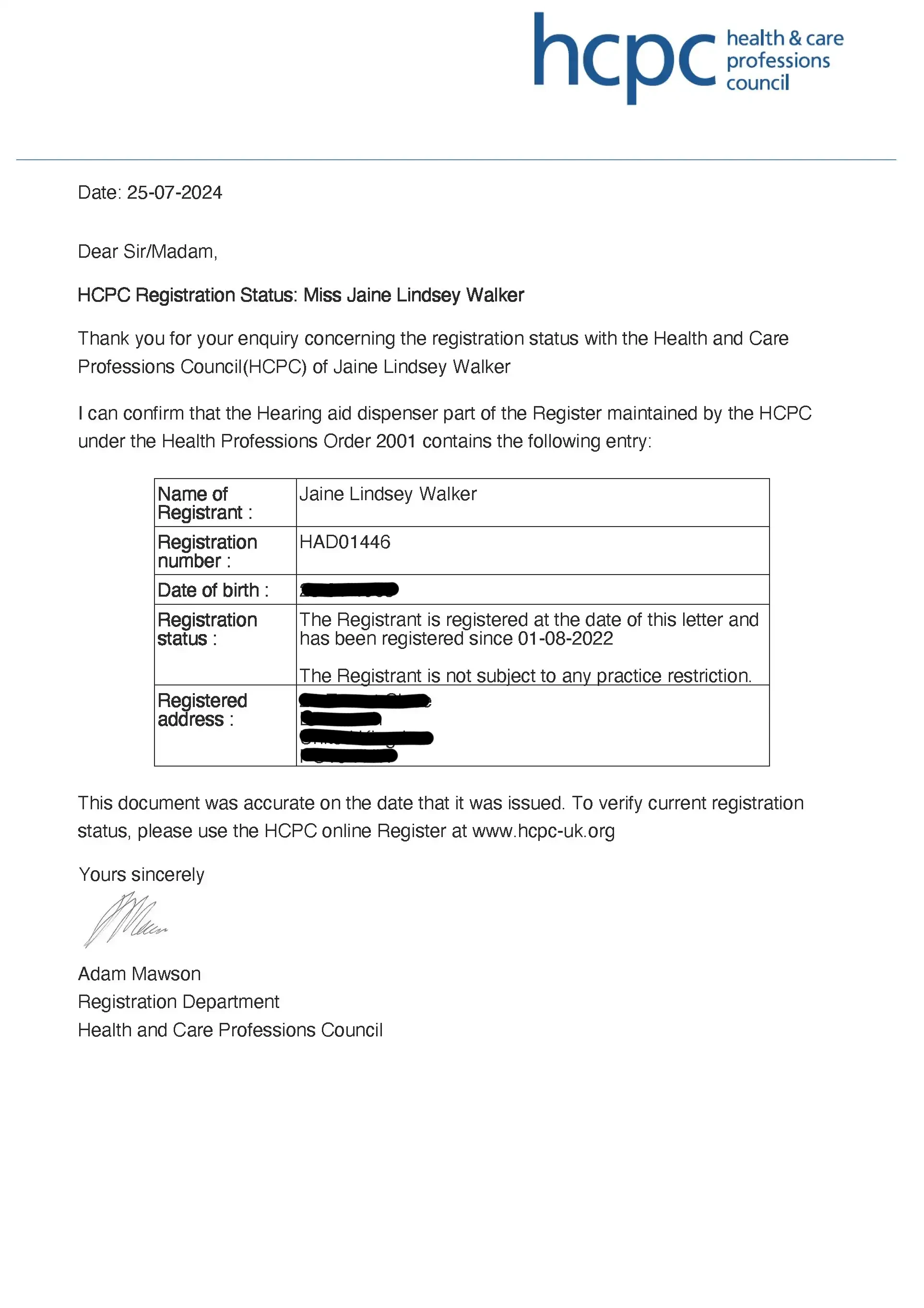
25 July 2024
Why should you go to a qualified ear wax removal practitioner?
A qualified ear wax removal practitioner is a healthcare professional with specialised training a...
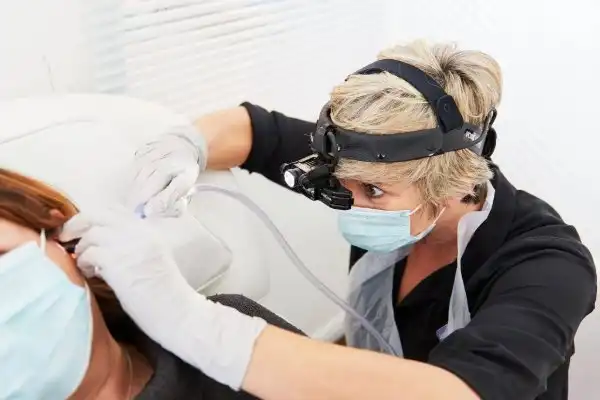
08 February 2024
WaxAxe’s Response to the Halt on NHS Ear Wax Removal Services
The NHS has recently made the decision to put a pause on providing ear wax removal services, whic...
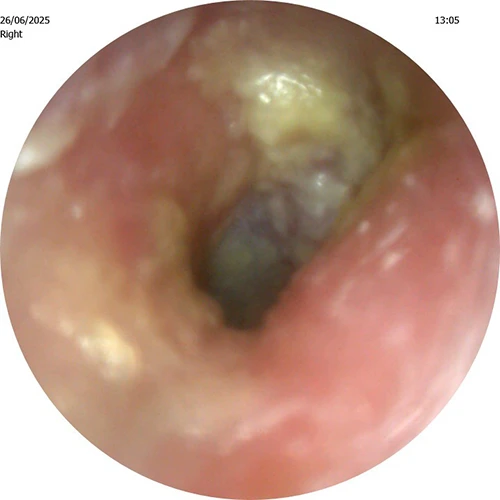
12 December 2023
Understanding Ear Infections
Causes of Ear Infections: Ear infections typically occur when bacteria or viruses invade the midd...
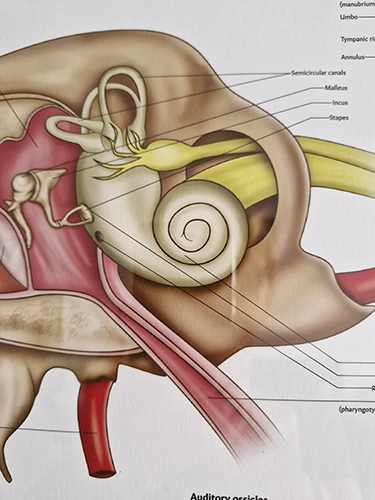
13 November 2023
What is Eustachian Tube Dysfunction?
What is the Eustachian tube? The Eustachian tubes connect the front wall of the middle ear to the...
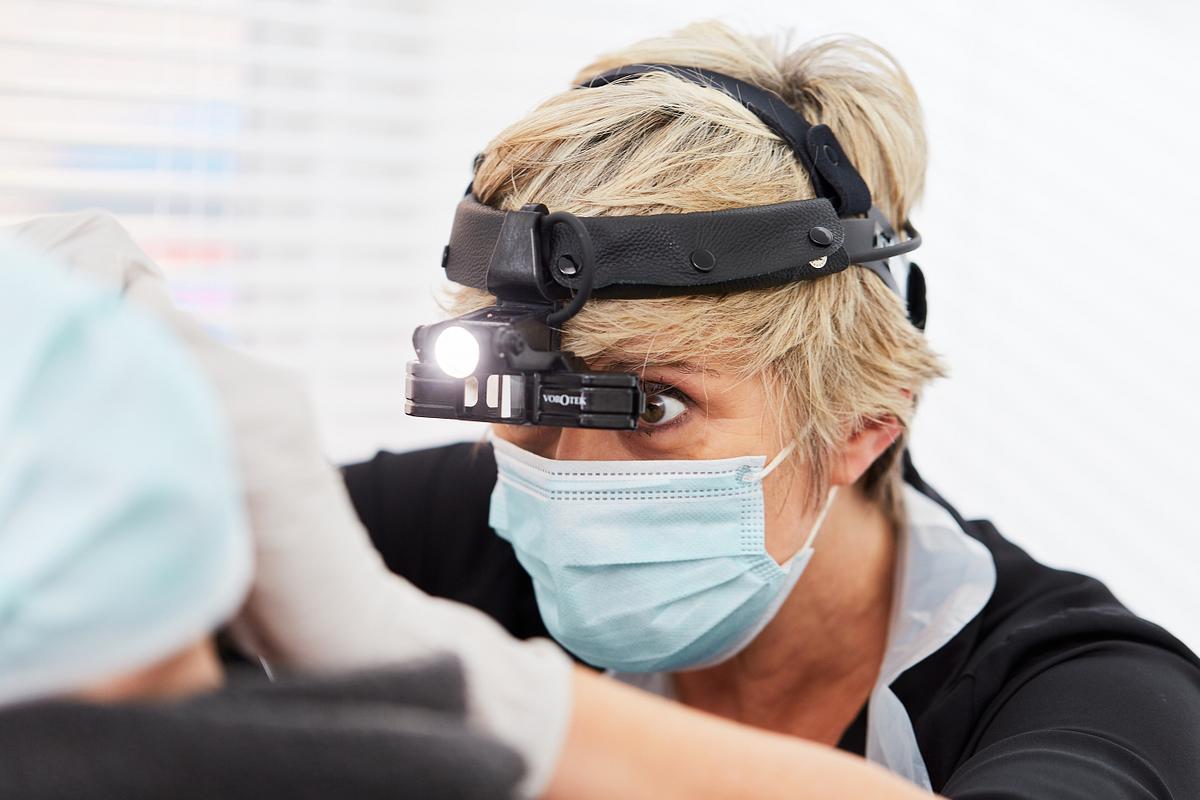
18 October 2023
How do we see in your ears?
We are able to see in your ear canals clearly with this amazing headband called an Oscope. It has...

21 July 2023
100 GOOGLE REVIEWS !!
We are delighted to announce that this week we achieved our 100th 5-star Google review. Ben, Emma...
